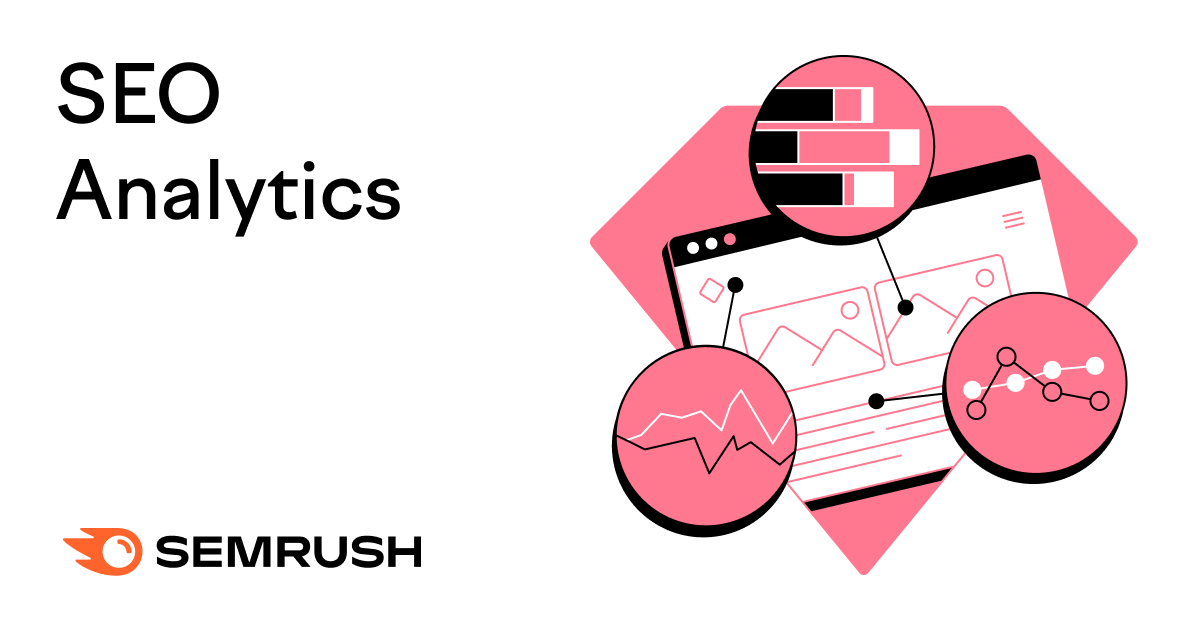- The Friday File
- Posts
- Beyond SEO: The Art of Human Optimization in Content Writing
Beyond SEO: The Art of Human Optimization in Content Writing
I have no idea if I have coined this phrase or not, but I'm going with it: human optimzation.
Beyond SEO: The Art of Human Optimization in Content Writing
In the realm of content creation, the spotlight has long been on Search Engine Optimization (SEO), and for good reason. Crafting articles that appeal to search algorithms is a strategic dance that can significantly impact a website's visibility. However, as we navigate the digital landscape, a crucial element often overlooked emerges: Human Optimization.
After nearly a decade of honing my craft, I find myself reflecting on the evolving landscape of content creation, especially in the past year with the rise of ChatGPT. In the relentless pursuit of SEO perfection, it's easy to lose sight of the fact that our words aren't just for machines; they're for real, live human beings.
The Pitfalls of Overemphasizing SEO
Sure, SEO is essential for driving traffic, improving rankings, and establishing online authority. However, the danger lies in becoming so entrenched in the SEO process that we forget the primary purpose of our writing—communicating with people.
A lot of content creators will try to squeeze in that last keyword, sacrificing the natural flow of the text to meet an arbitrary quota. The result? A piece that might appeal to search engines but falls flat when it comes to engaging human readers. It sounds forced, robotic, and kind of dumb.
The Essence of Human Optimization
Enter Human Optimization—a concept that transcends the rigid confines of SEO and places the focus squarely on creating content that resonates with the intended audience. It's about writing authentically and with a genuine connection to the reader, not just to appease algorithms.
Speak to the Person, Not the Algorithm: The core principle of Human Optimization is simple yet profound. Write as if you're having a conversation with your reader. Understand their pain points, interests, and desires, and address them authentically. Your audience is human, and your content should reflect that.
Authenticity Trumps Keyword Stuffing: While keywords are crucial for SEO, the art lies in seamlessly incorporating them into the narrative. Avoid the temptation to stuff your content with keywords at the expense of readability. Authenticity in your voice and message will resonate far more with your audience.
Long-Term Gains through Genuine Connection: SEO is undoubtedly a long game, but the dividends of Human Optimization are equally enduring. When your audience feels seen and understood through your content, you're not just attracting clicks; you're building a community of engaged readers who keep coming back for more.
Balancing SEO and Human Optimization: Striking the right balance between SEO and Human Optimization is the key to crafting compelling content. While SEO guides the structure and visibility, Human Optimization infuses life and relatability into the words, creating a harmonious blend that caters to both search engines and real people.
Results Speak Louder Than Algorithms
In the race for online supremacy, it's easy to lose sight of the fact that the end goal isn't just to rank high on search engines. It's about making a lasting impact on the individuals who stumble upon your content. A well-optimized piece is not just about pleasing algorithms; it's about sparking genuine connections and conversations.
So, the next time you're tempted to sacrifice the human touch for the sake of an algorithm, remember: SEO is a means to an end, and that end is a meaningful connection with your audience. Write to the person, not the algorithm.
SEO Resources
The editor of one of my projects sent me this article a couple of days back, and I think it is just about the perfect primer for SEO analytics.
